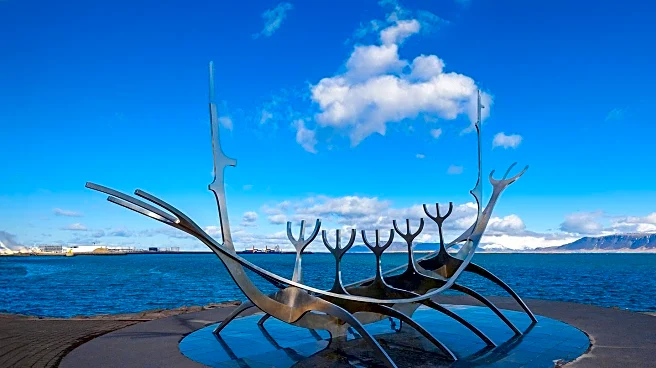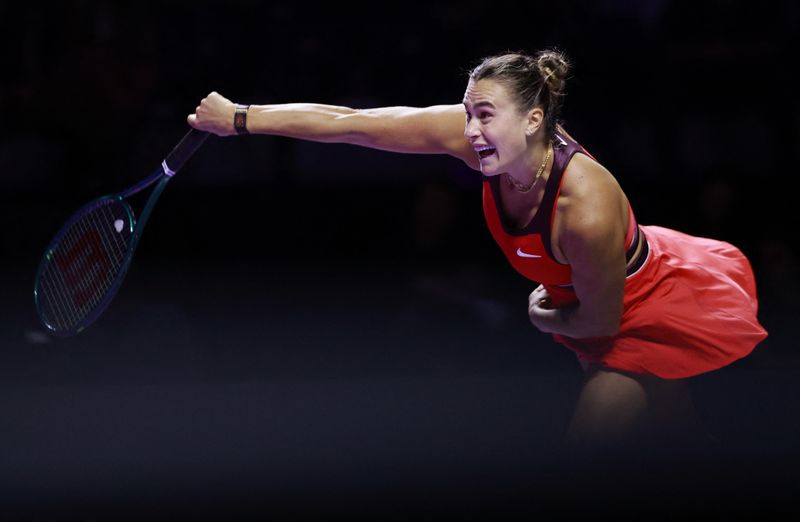What's Happening?
Reykjavik, Iceland's capital city, is a vibrant hub of culture and design, attracting travelers from around the world. Known for its colorful houses, friendly inhabitants, and culinary scene, Reykjavik offers a unique blend of cultural experiences. Visitors
can explore the city's museums, art galleries, and geothermal spas, while also enjoying the local cuisine at various coffee shops, bars, and restaurants. The city is a popular layover for travelers between North America and Europe, and offers activities such as spotting the northern lights and participating in New Year's Eve celebrations.
Why It's Important?
Reykjavik's appeal as a cultural and design hub enhances its status as a key destination for international travelers, contributing significantly to Iceland's tourism industry. The city's unique offerings, such as its vibrant culinary scene and geothermal spas, attract a diverse range of visitors, boosting local businesses and the economy. Additionally, Reykjavik's role as a layover stop between continents positions it as a strategic location for global travel, further increasing its importance in the tourism sector.
What's Next?
As Reykjavik continues to attract global travelers, the city is likely to see further growth in its tourism industry. This could lead to increased investment in local businesses and infrastructure, enhancing the city's ability to accommodate and entertain visitors. The ongoing popularity of Reykjavik's cultural and design offerings may also inspire other cities to develop similar attractions, fostering a competitive environment in the global tourism market.
Beyond the Headlines
Reykjavik's cultural and design appeal not only boosts tourism but also promotes Icelandic culture and heritage on a global scale. The city's emphasis on local cuisine and traditional experiences allows visitors to engage with Icelandic culture, fostering cross-cultural understanding and appreciation. This cultural exchange can lead to long-term benefits, such as increased international collaboration and cultural preservation.

















